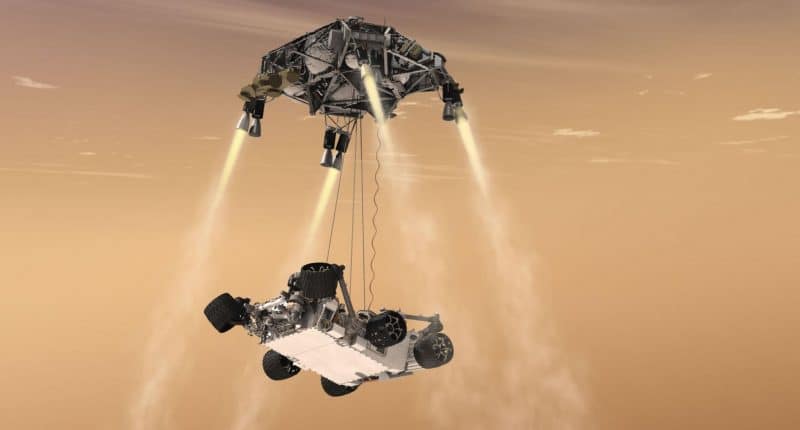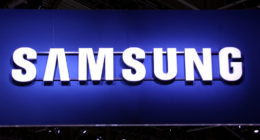Before its discovery in the 18th century, oxygen was an element virtually unknown. Fast forward nearly 250 years, and humanity is creating breathable oxygen on its neighboring planet. That’s right – NASA added yet another feather to its cap after an instrument on its Perseverance Mars rover created history by successfully pulling carbon dioxide from the Martian atmosphere and converting it into pure breathable oxygen.
This comes soon after NASA’s Ingenuity helicopter successfully flew on the Martian surface for the first time.
The toaster-sized instrument, called the Mars Oxygen In-Situ Resource Utilization Experiment (MOXIE for short), made 5 grams of oxygen, which is equivalent to roughly 10 minutes’ worth of breathing for an astronaut, NASA said. While this is just a baby step, it has created history by marking the first extraction of any natural resource from a planet other than our own, for human use.
Do you realize what this means? In the future, rockets need not be equipped with oxygen required for the crew to sustain themselves – more modified versions of MOXIE would do the trick. Pure oxygen can also be used as rocket propellant, reducing the need to haul huge amounts of oxygen from Earth.
“Moxie isn’t just the first instrument to produce oxygen on another world, it’s the first technology of its kind that will help future missions ‘live off the land, using elements of another world’s environment, also known as in-situ resource utilization,” said Trudy Kortes, director of technology demonstrations within Nasa’s Space Technology Mission Directorate.
“This is a critical first step at converting carbon dioxide to oxygen on Mars,” said Jim Reuter, associate administrator for NASA’s space technology mission directorate.
The toaster-sized MOXIE uses the concept of electrolysis, separating oxygen atoms from carbon dioxide molecules by heating the gas at approximately 1,470 degrees Fahrenheit and creating carbon monoxide as a by-product. Dubbed a “mechanical tree,” it has been built with heat-resistant materials like nickel alloy and designed to tolerate searing temperatures. A thin gold coating ensures it doesn’t radiate its heat and harm Perseverance. Carbon dioxide accounts for about 95% of the Martian atmosphere.
“It’s taking regolith, the substance you find on the ground, and putting it through a processing plant, making it into a large structure, or taking carbon dioxide – the bulk of the atmosphere – and converting it into oxygen,” NASA said. “This process allows us to convert these abundant materials into useable things: propellant, breathable air, or, combined with hydrogen, water.”
According to NASA, a rocket with four astronauts will require about 7 metric tons of rocket fuel and 25 metric tons of oxygen, and transporting such an amount of oxygen is cumbersome. With MOXIE and improved versions of it, that problem may thus be addressed.
“MOXIE has more work to do, but the results from this technology demonstration are full of promise as we move toward our goal of one-day seeing humans on Mars,” NASA said.





